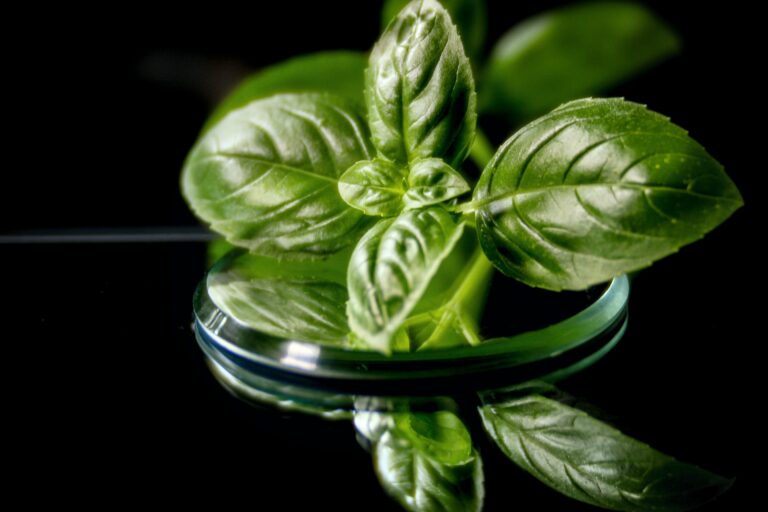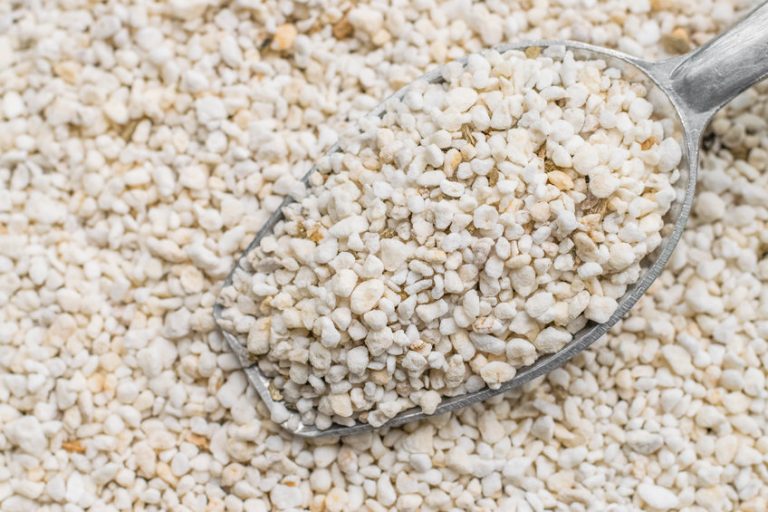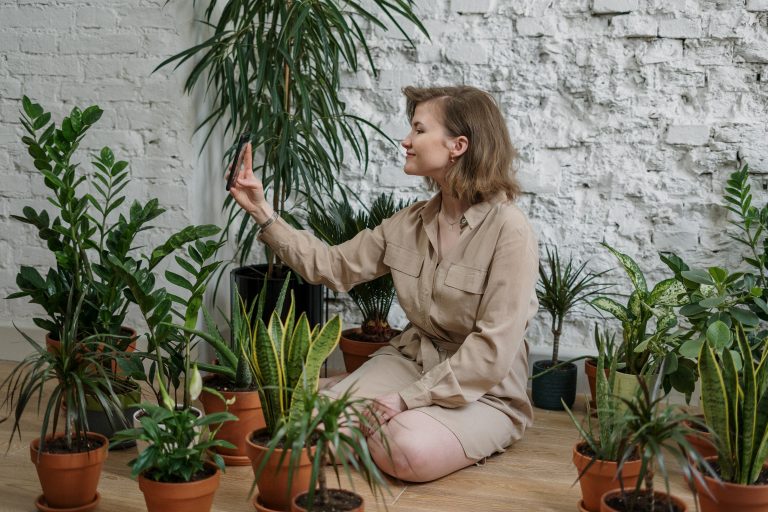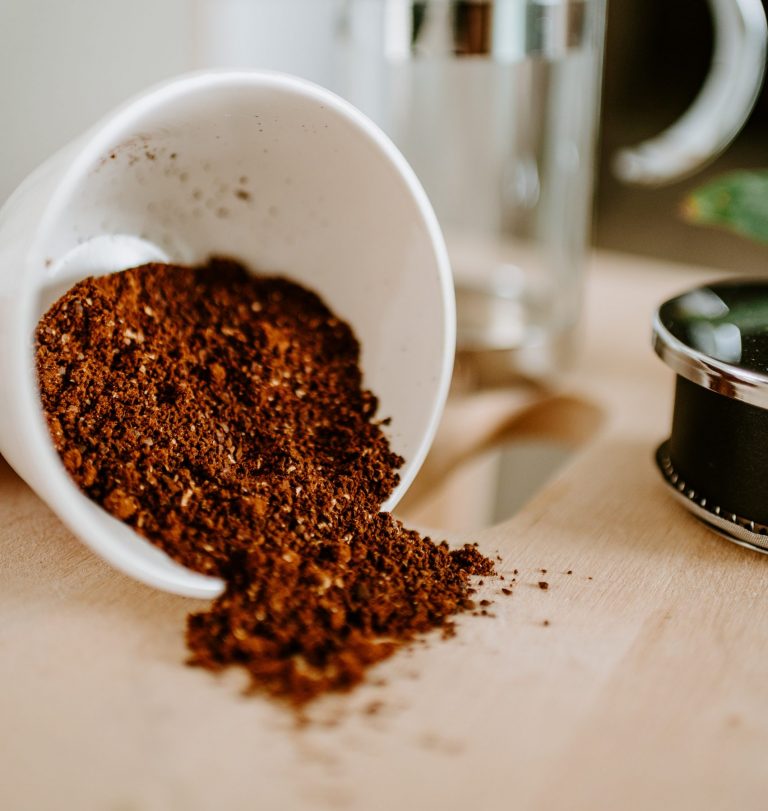Basil is a wonderful herb. It goes well in a variety of different foods. Moreover, you can use it to spice up beverages. However, it’s costly to buy basil leaves at the store. Therefore, you can save a lot of money by planting basil in your own container garden instead. You can use soil, of…
gardening myths
Can Styrofoam Be a Substitute for Perlite?
Can you use styrofoam as a perlite substitute? You might also be wondering why to use perlite in the first place. Here’s the lowdown on this helpful garden amendment. What is perlite? Perlite is sourced from volcanic glass with high water content. During the manufacturing process, the application of heat turns the glass into small,…
Which Indoor Plants Purify Air?
Let’s get one thing straight. You probably won’t improve your home’s air quality by filling it with indoor plants that can purify the air. According to a National Geographic piece from 2019, houseplants won’t do much to clean your home’s air. Most of the advice about air-purifying houseplants comes from an old NASA study. In a…
5 Common Gardening Myths You Should Forget About
The gardening world is rife with anecdotal information. Since I started gardening over 10 years ago, I’ve run into my fair share of common gardening myths. People love to make big claims about their gardening techniques. It turns out, though, that while the “secret sauce” might have some truth to it, it’s usually a…



